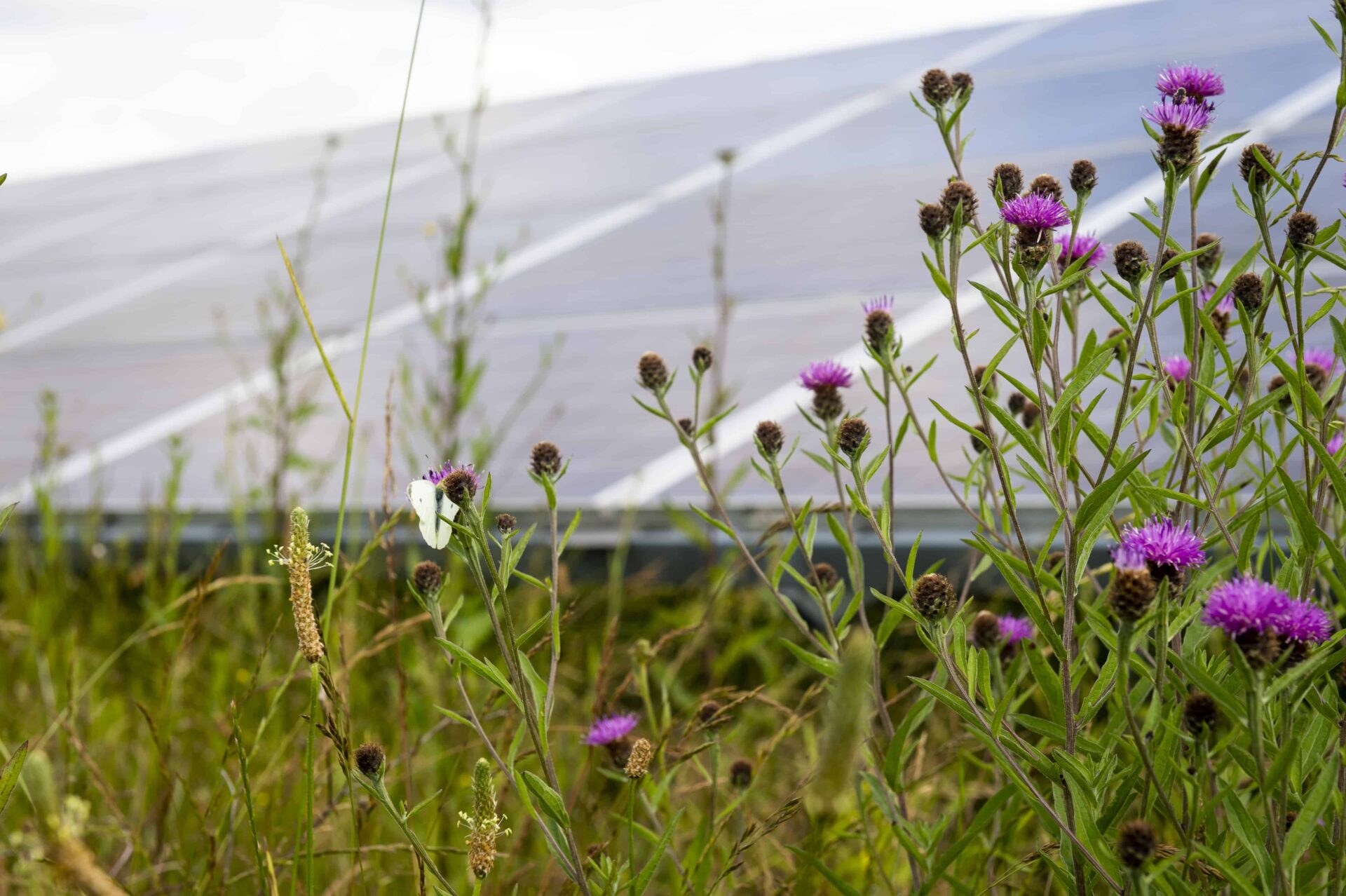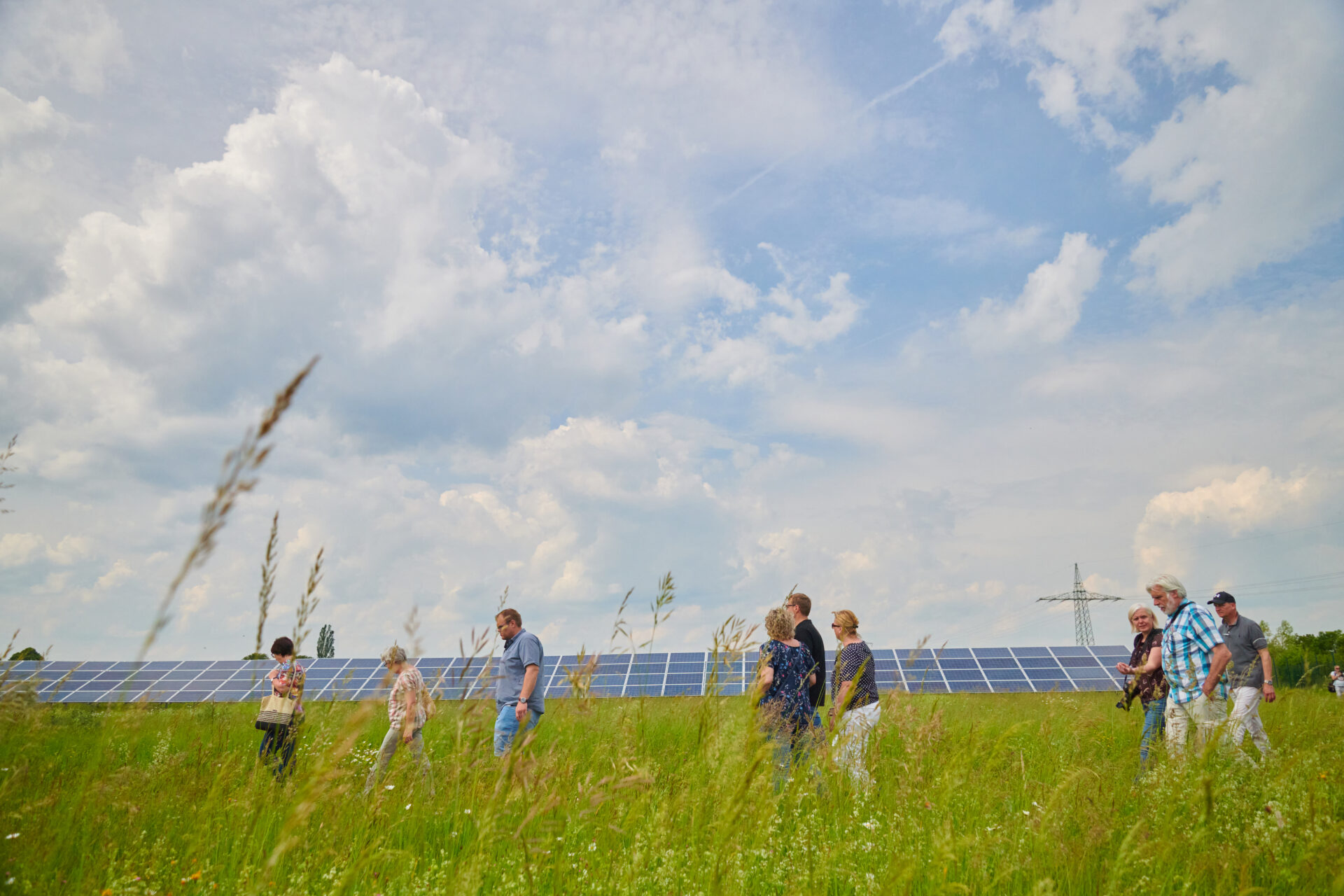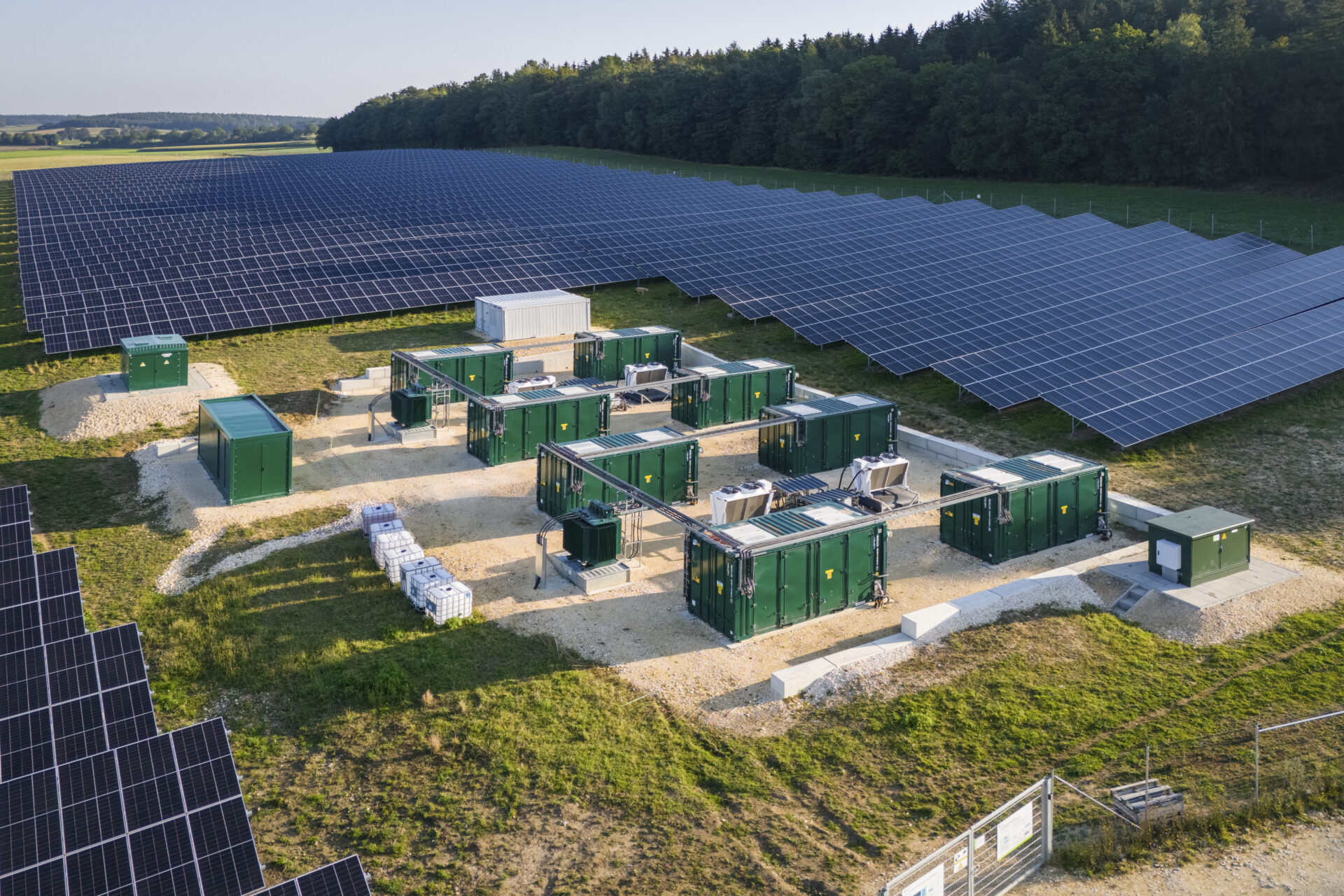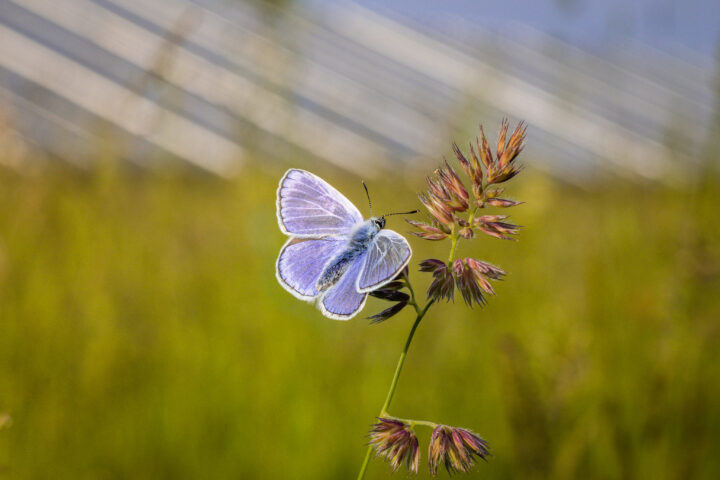Once the construction site has been dismantled, the operating phase of the solar park begins. In addition to site maintenance, regular maintenance and inspection also play an important role in the efficient generation of electricity on the system:

From grazing to dismantling - what needs to be considered?
With a service life of around 30 years, ground-mounted photovoltaic systems (solar parks) have a very long service life. One Good planning The fact that solar parks go beyond the regulatory requirements increases acceptance among municipalities, farmers and local citizens. Environmental protection and nature conservation also benefit from solar parks.
The solar park is monitored remotely around the clock in order to be able to intervene quickly in the event of faults. Regular maintenance and servicing means that various tasks are required, ranging from Specialists from the region can be taken over:
- Maintenance, repair and replacement work
- Green maintenance within the solar park or the compensation measures
- Grazing of the areas by sheep as part of green maintenance
- Security services for monitoring the system
- Biologists mapping the diversity of species
- Beekeeping opportunities in and around solar parks with suitable habitats for honey bees
Inspection and maintenance ensure smooth operation
Once a year, each solar park is subjected Inspection undergo. Modules, brackets, cables, inverters and other elements are checked. A check is also carried out if a fault report is received via the monitoring or safety system or if an anomaly is detected. The modules are also cleaned from time to time. This maintenance work ensures the smooth operation of the solar park, which is important for the yield forecasts and therefore for the profitability of a solar park.
Grassland maintenance
The Green space maintenance and maintenance of compensation measures are also very important for the optimal operation of a solar park. As a rule, mowing is carried out twice a year between and under the modules - also in consultation with the regional nature conservation authorities.

As an alternative to mowing machines, many solar parks use the Grazing, for example by sheep implemented. This type of grazing also benefits biodiversity. With their droppings, the sheep also provide fertiliser for the soil and carry seeds. Pollen and seeds can also be spread in the sheep's wool. The enclosures provide the sheep with shade in the sun and special protection in the rain.
The Extensive grassland utilisation for open-space PV plays a decisive role for biodiversity: in contrast to agricultural use, plants can grow here that have little or no chance in conventional agriculture and, in the worst case, are even threatened with extinction. But not only for rare species, but also for species that are becoming increasingly rare in our landscape (e.g. diverse grasses, grasshoppers, wild bees, butterflies). new valuable habitatswhich have disappeared from the agricultural landscape. Also Pesticides and fertilisers are not used in the solar parks. Other simple measures can also improve these habitats. For example, the fence can be designed so that it has a wider mesh just above the ground or leaves gaps through which smaller animals such as brown hares can slip through.
Targeted measures in the management and cultivation of the land can significantly enhance the value of the land. Many of these measures can be carried out by skilled labour from the region.




Repowering can increase economic efficiency
With repowering, the Increasing the output of a renewable energy system through the Modernisation or the Replacement of components or systems described. When it comes to repowering, many people mainly think of wind energy, where several smaller wind turbines are usually replaced by a few larger and more powerful new turbines. However, there are also sensible and economically worthwhile repowering approaches in the solar sector. For example, the efficiency of inverters has increased by an average of more than five percentage points in the last ten years alone. Replacement pays off in many cases. Modules have also become significantly more efficient in recent years. The energy from solar parks is marketed on the electricity exchange. Modern or modernised components simplify this task and increase the energy yield in the solar park.
"Second Life": solar modules are recyclable
Solar modules are very durable and can be recycled at the end of their useful life. The systems are dismantled and the basic materials such as glass, aluminium and semiconductors are separated. Manufacturers of modern solar systems currently estimate the recycling rate of their systems at up to 95 per cent of the materials used. The recycling of solar systems is regulated by law. Some companies have specialised in the recycling of solar parks.
95 per cent
of the materials used can be recycled.
Further steps in the planning of a solar park
All steps at a glance:
- Step 1 from 4: Land reclamation - From potential area to solar park
- Step 2 from 4: Planning phase - The path to planning permission
- Step 3 from 4: Construction phase - How is a solar park built?






